In this episode of the Digital Revolution Podcast, I interview Scott Cate, SaaS innovator with over 30 years of software experience. Scott shares his journey from programming enthusiast to digital marketing innovator and introduces his real-time marketing approach through 3 0 1 Pro, a link management solution.
Introduction to Scott Cate
Hey everyone and welcome to today’s episode of the Digital Revolution Podcast. We have Scott Cate on the show today. Scott is a SaaS innovator with over 30 years of software experience. Since 1991 Scott has navigated software evolution from floppy disk to cloud native solutions we use today. He has worked in key engineering roles at Microsoft and Amazon.
Having traveled to 52 countries and flown over 2 million miles, he’s seen firsthand the problems global marketing teams face when it comes to managing links at scale. Join us today as we get into techniques for creating real-time marketing solutions using 3 0 1 Pro, the global leader in ProLink routing and the link management solution for marketers with an enterprise grade rule
Download Our Free SEO Guide Here!
Who is Scott Cate?
Early Computing Days
Scott’s journey into tech started in the 70s when he got a hand-me-down computer from a doctor’s office where his mom worked. He didn’t know how to type but was curious.
“Since I was a kid in the 70s, my first computer was a hand-me-down from a doctor’s office that my mom worked in, and I knew nothing. I didn’t even know how to type but I did figure out how to turn it on,” Scott says. His first accidental experience was formatting the hard drive, which piqued his interest in fixing the problem.
This was the start of Scott’s fascination with computers: “That was the beginning of my infatuation with the machine that would do exactly what you tell it. Unfortunately, the machine does exactly what you tell it, even if you tell it to do the wrong thing.”
Educational Background
Scott’s passion for programming continued through high school where he convinced his teacher to let him program during typing class. “I got my teacher in high school to let me take a typing class but to do programming the whole time,” he says. This worked out great and he spent a lot of time developing his programming skills.
Professional Evolution
After high school Scott’s entrepreneurial spirit kicked in and he started several businesses. His first was washing windows for strip malls. After he sold that business the buyer who worked at a software company asked Scott to join them.
“I started there in support. Back in the day that’s where everybody started in support,” Scott says. He spent a decade with this medical software company and eventually ran the training department where he was introduced to domestic travel as he taught healthcare accounting to doctors.
During this time Scott built a knowledge base product using Microsoft Access that revolutionized the company’s customer support division. This was the start of his software development career and led to many other ventures including:
- Starting a knowledge based product
- Creating a search engine
- Developing an event based management system
- Competed briefly with Google with a product called ASP.NET Easy Search
One of the notable projects was Cloud DB, a database website Scott made “three years before Amazon S3”. Despite selling it to Microsoft (which incorporated it into SQL Azure) Scott made “zero dollars from that entire project”.
Programming Philosophy
When asked about the evolution of programming languages over the years, Scott said: “Doesn’t matter. I don’t care if you have a cloud solution written in MS Basic or Python or Java or TypeScript or JavaScript or Go or C Sharp… none of them matter.”
He says the language is just a tool to talk to the computer and the focus should be on solving the problem rather than the language used. “I don’t care what the language is as long as we can get to the solution,” Scott says.

Current Projects That Excite Scott
Team Calendar
Beyond his business focus, Scott has a passion project called Team Calendar. This free service solves a common problem for sports fans by adding game schedules to personal calendars.
“It lists all four major sports leagues in the US. So football, basketball, hockey, baseball, and you can pick all your teams. And then you get one calendar feed and there’s one button that you just say click add to Google calendar,” Scott explains.
The project now has 25,000 monthly active users but generates no revenue as Scott decided to make it a community service. “I decided as a community give back that this would be free. There’s no ads. In fact, there’s not even any user accounts,” he says.
Home Information Display System
Scott describes his home setup with a DAK Board which displays family information:
“I have one of those in our laundry room, and it’s just a little TV, which is like literally 99 bucks now from Walmart. DAK board, raspberry pie behind it, and that shows our family calendar,” Scott says. This is a practical way for his family to stay organized and also for him to see his favorite team’s schedule.
Tactical and Strategic Real-Time Marketing Advice from Scott
ProLinks
At the heart of Scott’s business is 3 0 1 Pro, a fancy link management system he calls “a better Bitly”. Traditional link shorteners like Bitly create static redirects, ProLinks add a rules engine so you can have dynamic responses based on conditions.
“When we say real-time marketing, what we mean is we put a rules engine after the short link and if you have no rules, then it just goes to the destination,” Scott says. “But when I say real-time marketing, if you could pause right after the link was clicked and then determine where the user should go – that’s where the magic happens.”
Key Features and Use Cases
Time-Based Routing
One of the simplest use cases is routing users differently based on time:
“Let’s start with something really basic – start with an event,” Scott suggests. “If I’m gonna promote that, I’m like, ‘Hey, look at me on social media. Click here to register’. Let’s say my event is the 1st of the month. What happens on the 2nd of the month? What happens to all those links you put out into promotion?”
With ProLinks, the same link can:
- Go to registration before the event
- Point to a livestream during the event
- Go to recordings or checkout forms after the event
You don’t have to update links in existing marketing materials as the event timeline progresses.
UTM Source Accuracy
Scott calls out “the UTM source lie” – hardcoding UTM parameters that don’t actually reflect where the user came from:
“Our rules engine says add UTM source of refer host. If not, default to Twitter. Now if you send it from newsletter and I click through from Gmail, your UTM source is gonna be Gmail and if it’s Instagram or Facebook, the same link is gonna have different UTM source to truly tell you where that link actually came from.”
This gives you more accurate analytics on traffic sources.
Link Variations for Attribution
ProLinks has a feature called “variations” that allows you to track marketing attribution without creating multiple different links:
“You have one link to manage. One link with rules,” Scott says. “Let’s say you have a team of 10 people and you’re doing a product launch. You naturally want to keep track of which person on your team is promoting the product launch.”Instead of creating separate links for each team member and channel, variations allow you to append identifiers to a single base link:
“Now you get attribution from the short link, which was press release, and then you also get reporting based on the variation of who reported that short link.”
This is useful for:
- Team attribution
- Affiliate marketing
- Multi-channel tracking
Dynamic QR Codes
Scott explains how ProLinks can make static QR codes dynamic:
“The QR code says open this URL, which is a ProLink. The ProLink then says, based on the location, do something,” Scott says.
Real world use cases:
- A car manufacturer using location-based QR codes to direct customers to their nearest dealership for service appointments
- A musician displaying QR codes at concerts that recognize the venue location and offer city-specific merchandise
- Print materials that can be updated dynamically without reprinting
Open Graph Image Manipulation
One of the coolest use cases is using ProLinks for the images that appear when links are shared on messaging platforms:
“All of the open graph images on their website are ProLink links,” Scott says. “When you do the preview at that exact second is when the image is loaded. That’s the real-time marketing part. When you are looking at the image is when you see the appropriate image.”
This allows for contextual images based on:
- Current weather conditions
- Time of day
- Geographic location
- Market conditions (for financial services)
Bot Management
ProLinks has advanced bot detection and management:
“We have something called a human score that will tell you based on some heuristics that we inspect during the process of whether or not we think it’s a real person versus a bot,” Scott says.
The system allows different responses for bots versus human visitors, including:
- Returning error codes to malicious bots
- Serving appropriate content to search engine crawlers
- Protection against denial of service attacks
Campaign-Level Rules
Beyond individual link rules, ProLinks has campaign-level management:
“Campaigns have rules, which is awesome,” Scott notes. “On the 2nd of the month, go to the campaign. Now I have 50 links in this campaign and I set the campaign to one place. I do a new rule. I say set destination to product page and I click save. All the QR codes and all of the variations and all the affiliates and all the pro links, everything in that campaign in a second now instantly starts rerouting.”This saves you from having to update each link manually.
Advanced Use Cases
A/B Testing
Scott shares an unexpected use case from customers:
“First you set up a ProLink long link to short link, that’s your control. And then you set up a rule that says if the second is odd, go here. If the second is even, go there.”
Instant A/B testing.
Navigation
ProLinks can even help with website navigation:
“We have 12 versions of our homepage that change every 2 hours,” Scott says. “When you click the logo, it goes to a ProLink that says, what time is it for you? And it takes you to the right homepage.”
Contextual navigation without sacrificing SEO because it’s first-party domain.

Where Does Scott See the Future Going in Real-Time Marketing?
AI Integration
Scott believes AI will play an increasing role in real-time marketing decisions:
“You sort of can’t spell the future without AI, right?” he notes. While 3 0 1 Pro already incorporates some AI elements in its bot detection, Scott envisions more sophisticated applications.
The future might include systems that can “introspect all of the pro links that you’ve used” and “dynamically route people to the right place if they’re wandering.”
Personalization Based on User Context
Scott emphasizes the importance of recognizing the different mindsets users have throughout the day:
“Are you the same person at 8:00 AM, 2:00 PM and 11:00 PM? You can picture yourself in the morning and like you’re rushing. You got some breakfast, you’re getting things ready for the day. Kids are getting out the door… afternoon, like you’re maybe working at the office or you’re home… and then you’re like in your bed. You’re scrolling. That buyer mindset is there for every product.”
He suggests creating multiple versions of landing pages optimized for different times of day, even something as simple as “dark mode on the overnight landing page.”
Global Time Sensitivity
Scott highlights how global audiences require more sophisticated time-based marketing:
“What time is it for your customer? And the only right answer is all times,” he explains. “My website’s open for one minute and a thousand people come to the website. If I look at the server log, it’s the same time for all of them. But now if I look at the time of all the users, they’re around the globe.”
This reality requires marketing systems that can detect a user’s location and time zone to deliver the most relevant experience for their context.
How to Get in Contact with Scott
Scott offers a special discount for podcast listeners:
“I put together a discount called Digi Rev, D-I-G-I-R-E-V, and it’s a $49 a month discount to whatever you want to buy,” Scott explains. This means listeners can get the $9 or $49 monthly plan for free, or the $199 plan for $150.
Scott also invites interested users to participate in user testing sessions:
“If you volunteer to let me watch you use the software for the first time, I’ll also give you a free account,” he offers, explaining that these sessions help him continuously improve the product.
To learn more and sign up, visit:
- 301.Pro
- Use discount code: DIGIREV (valid for 30 days after publication)
For sports fans interested in his side project:
Conclusion
Scott Cate’s journey from early computing enthusiast to innovative marketing technologist demonstrates the power of solving real problems with elegant solutions. His 3 0 1 Pro platform transforms how businesses approach digital marketing by adding dynamic, real-time decision-making to what were previously static redirects.
By implementing Scott’s strategies, marketers can create more responsive campaigns that adapt to user context, improve attribution, enhance conversion rates, and save valuable time managing links across campaigns.
As Scott emphasizes, the future of marketing lies in understanding and responding to the user’s current mindset – whether that’s based on time of day, location, weather, or other contextual factors. This approach allows businesses to connect with customers when they’re most receptive, delivering the right message at the right moment through intelligent link routing.
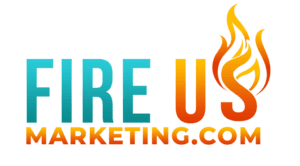
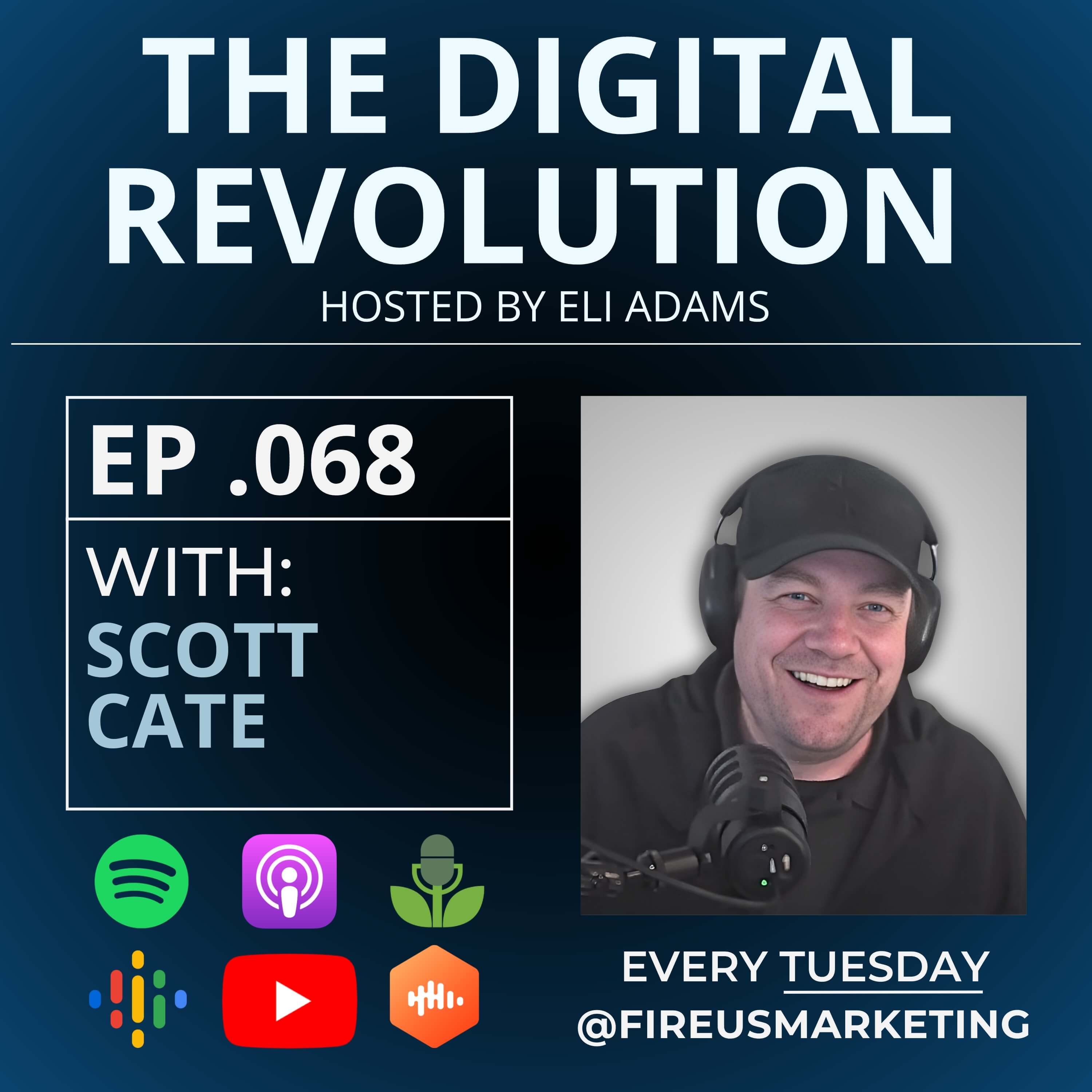
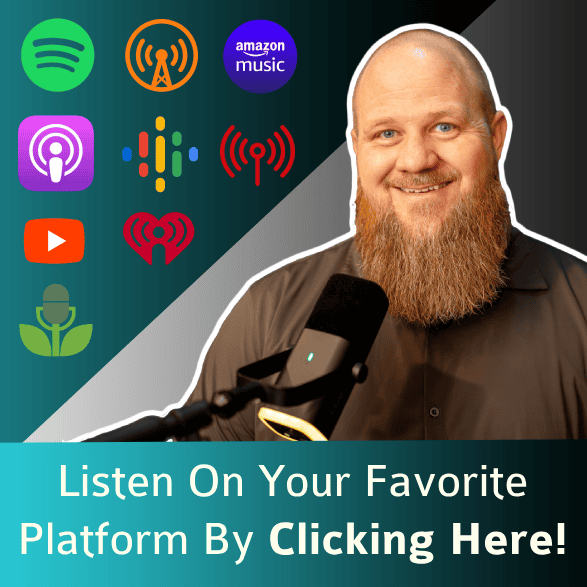

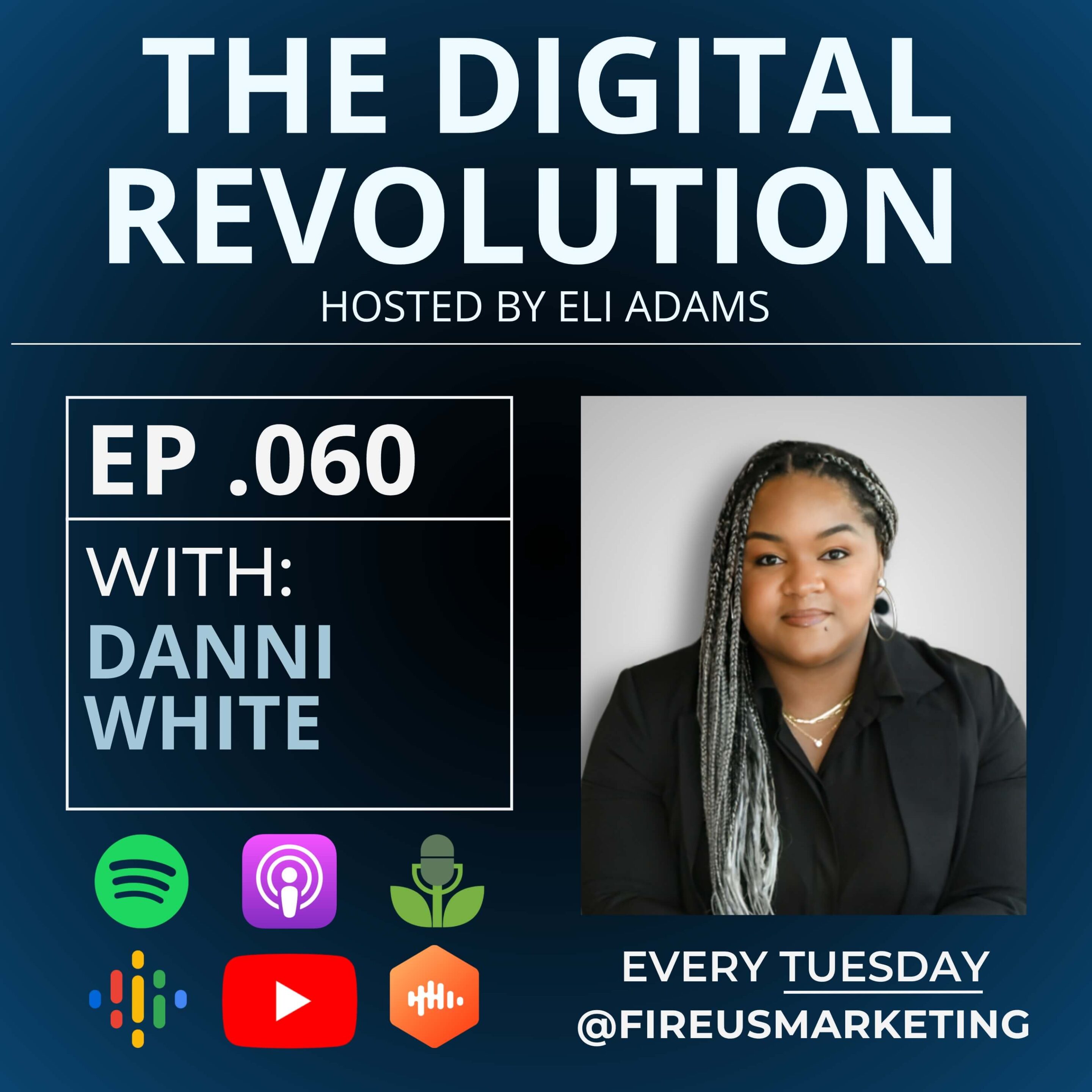
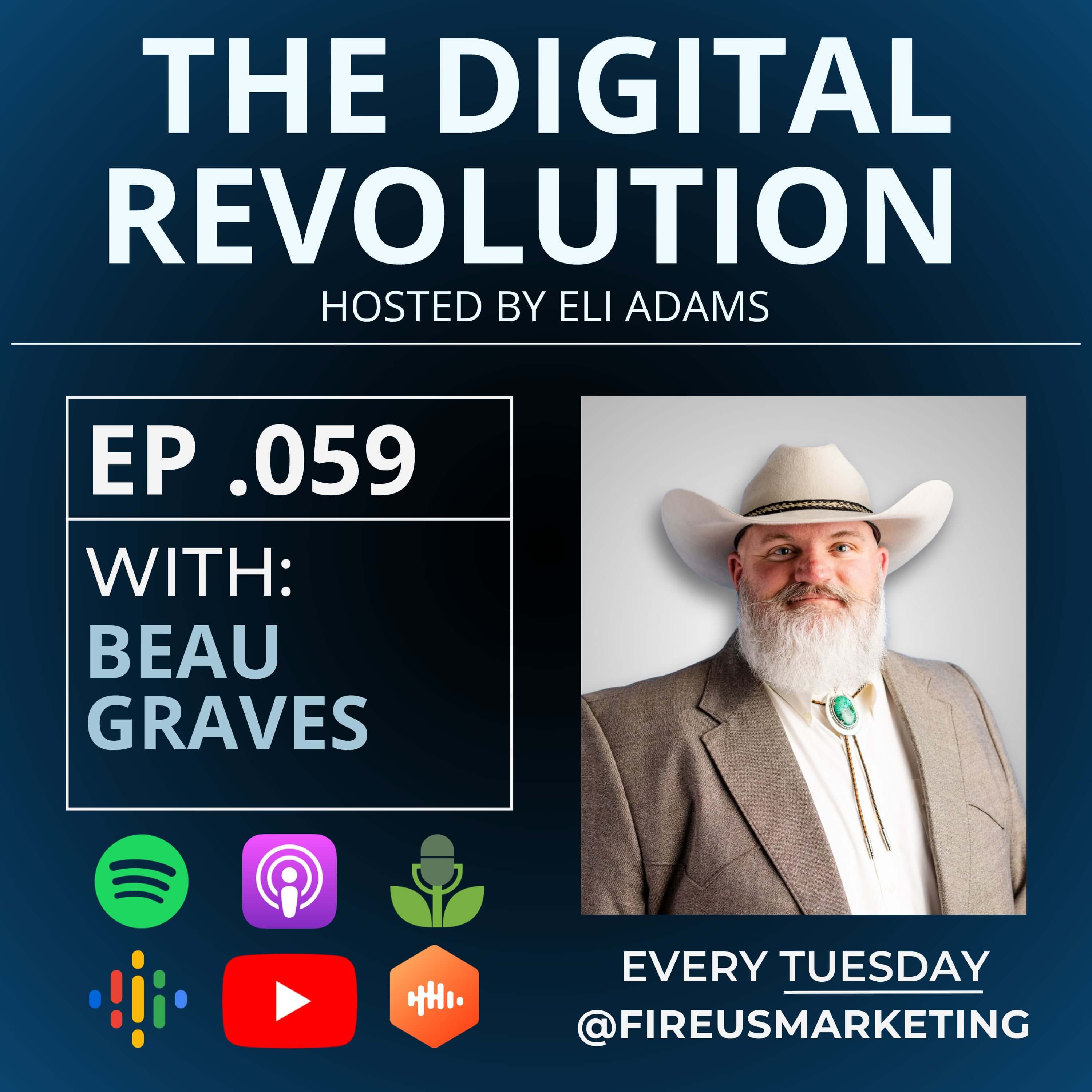
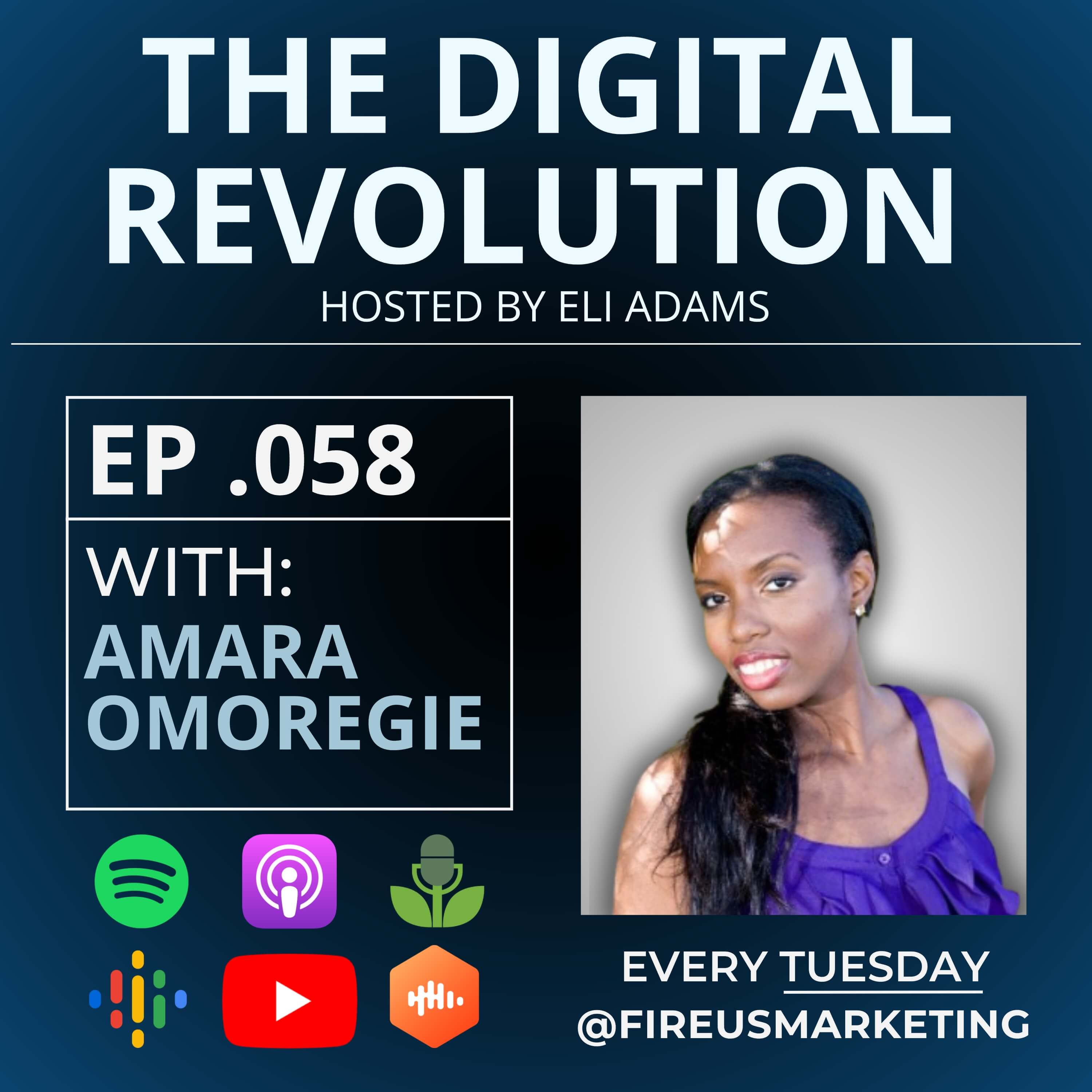
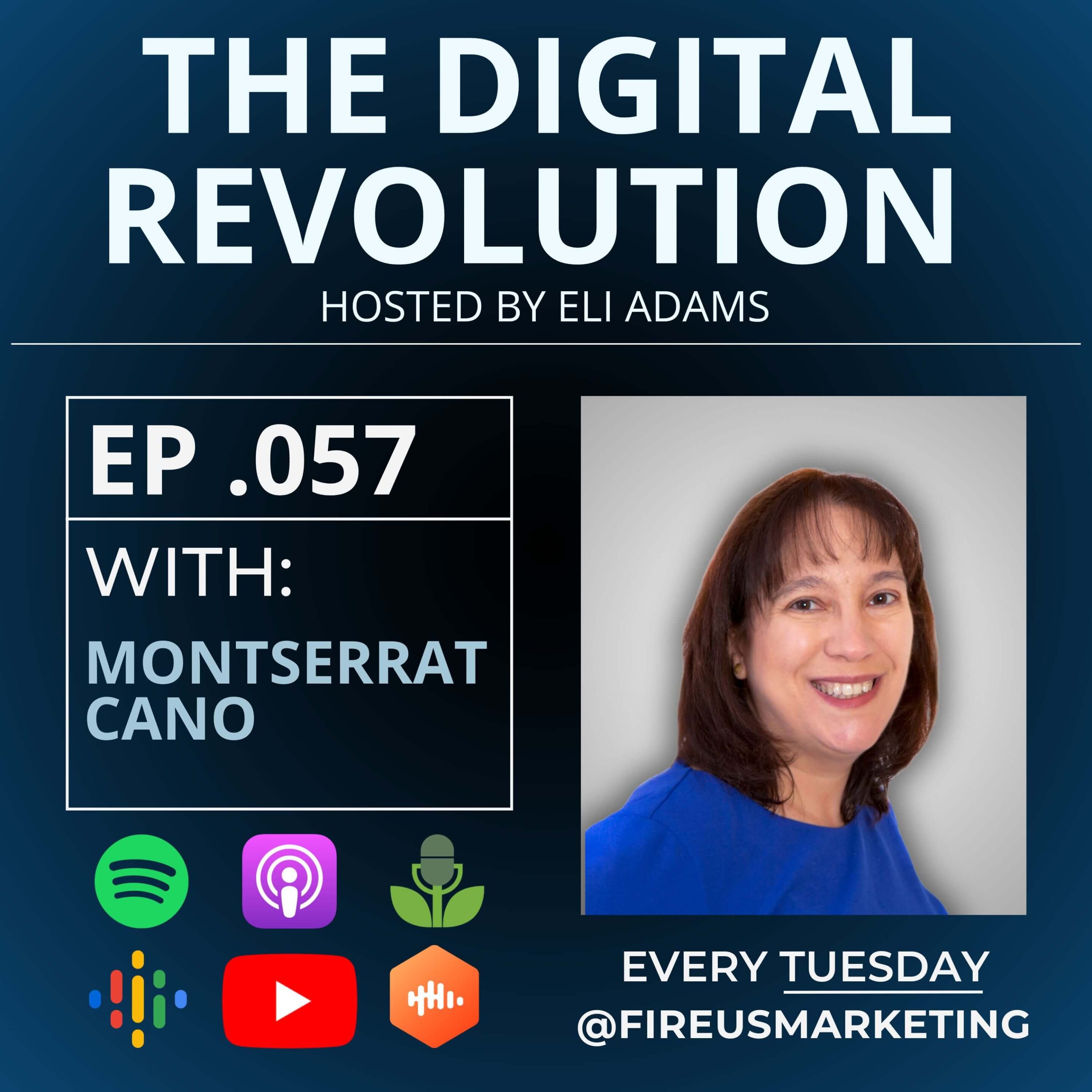
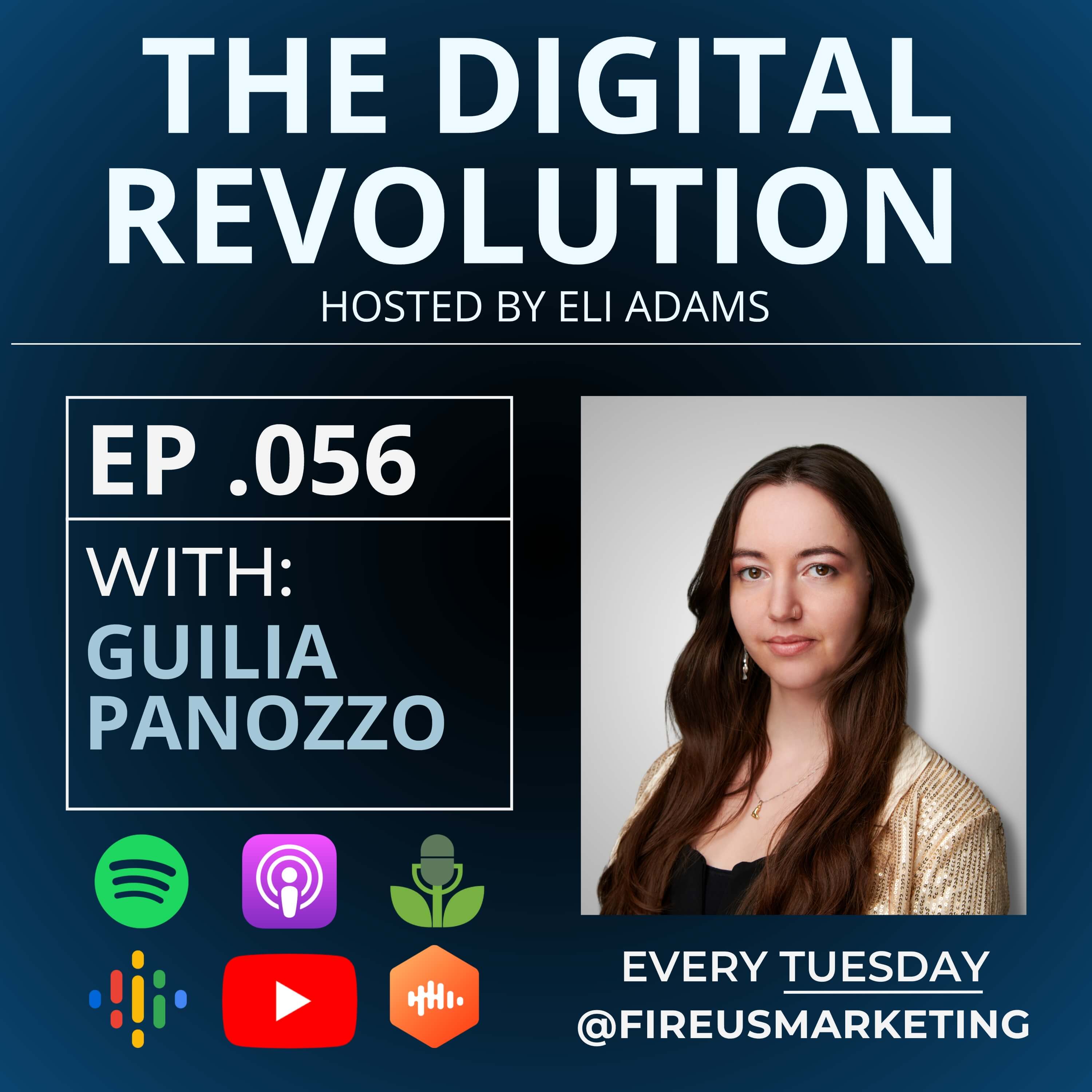
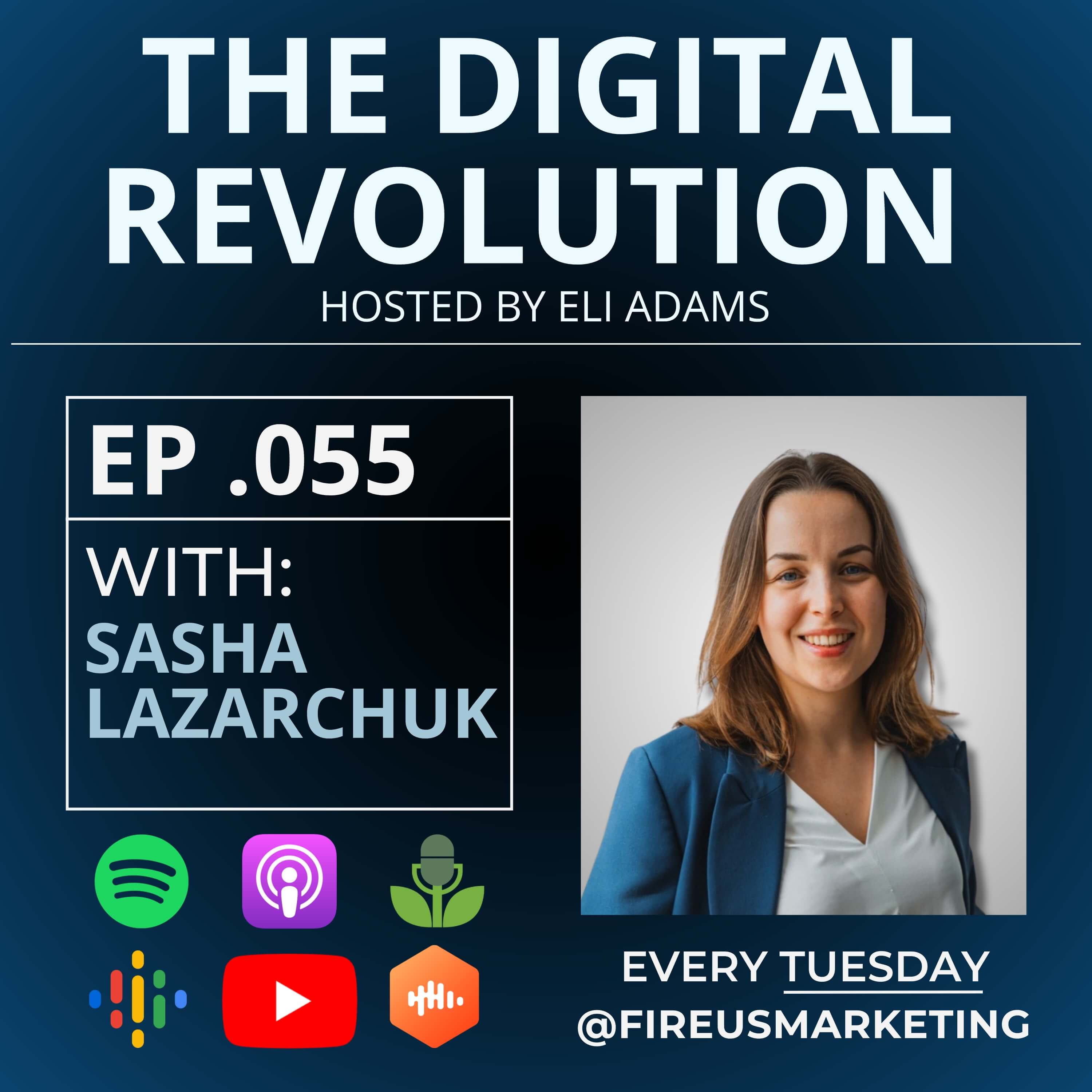
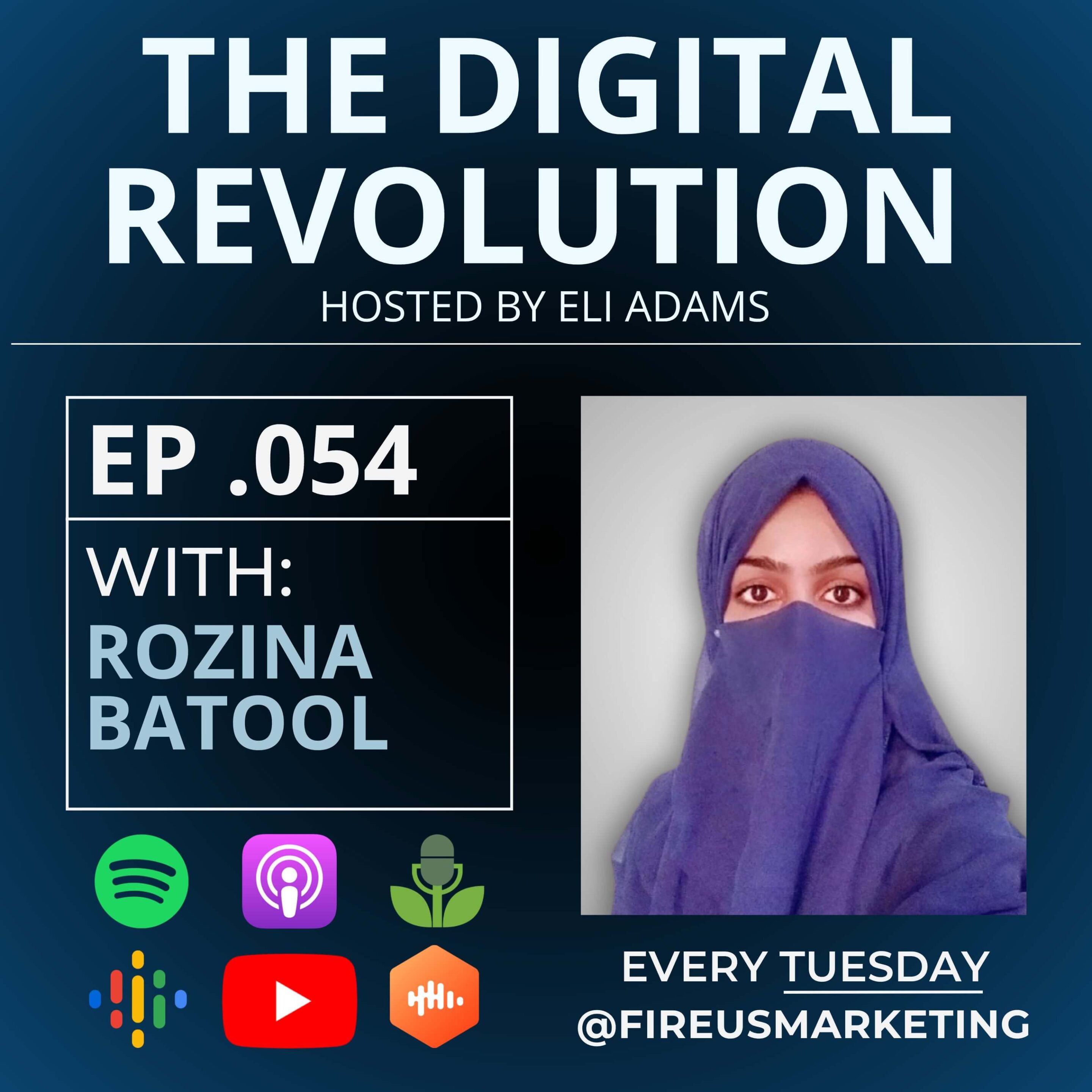
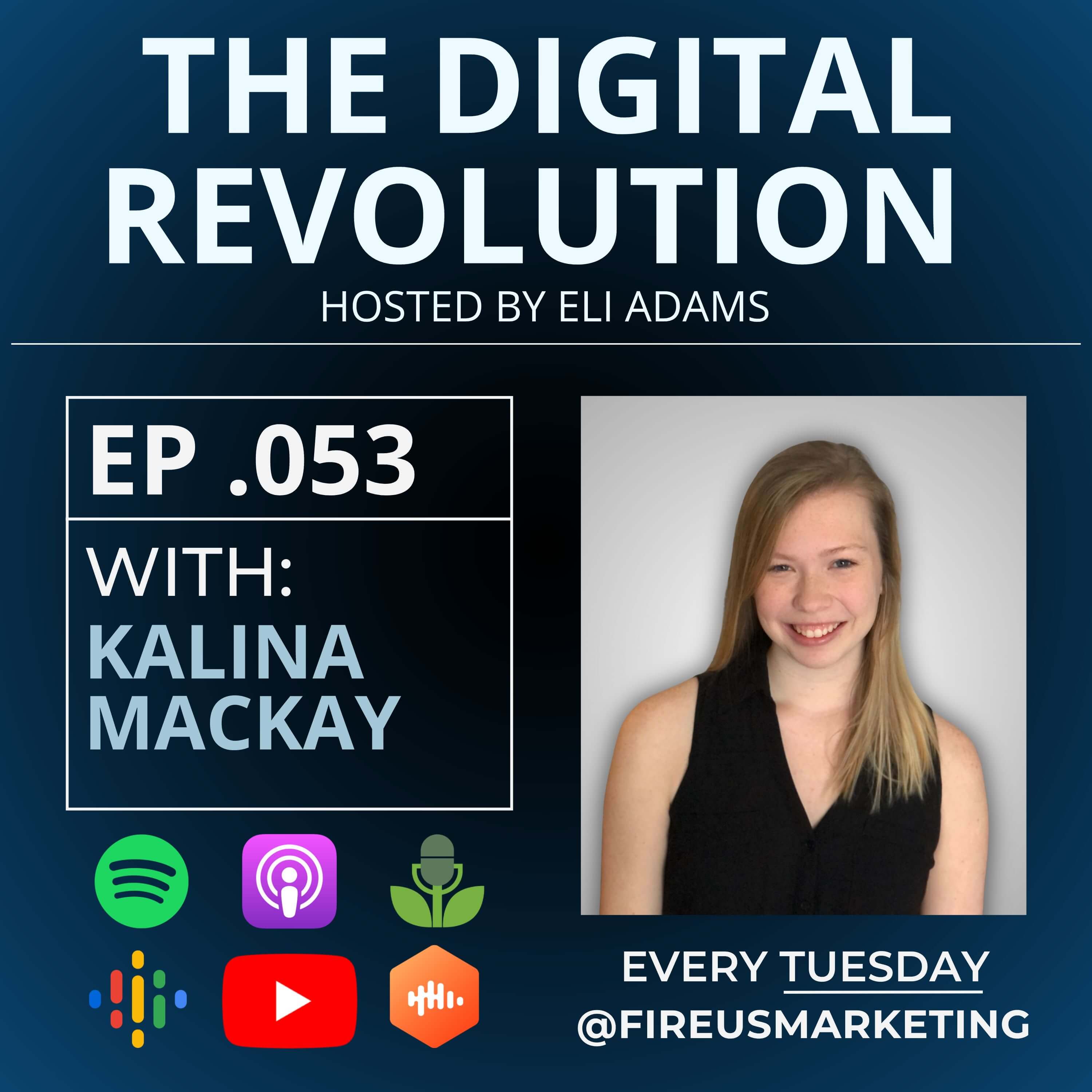
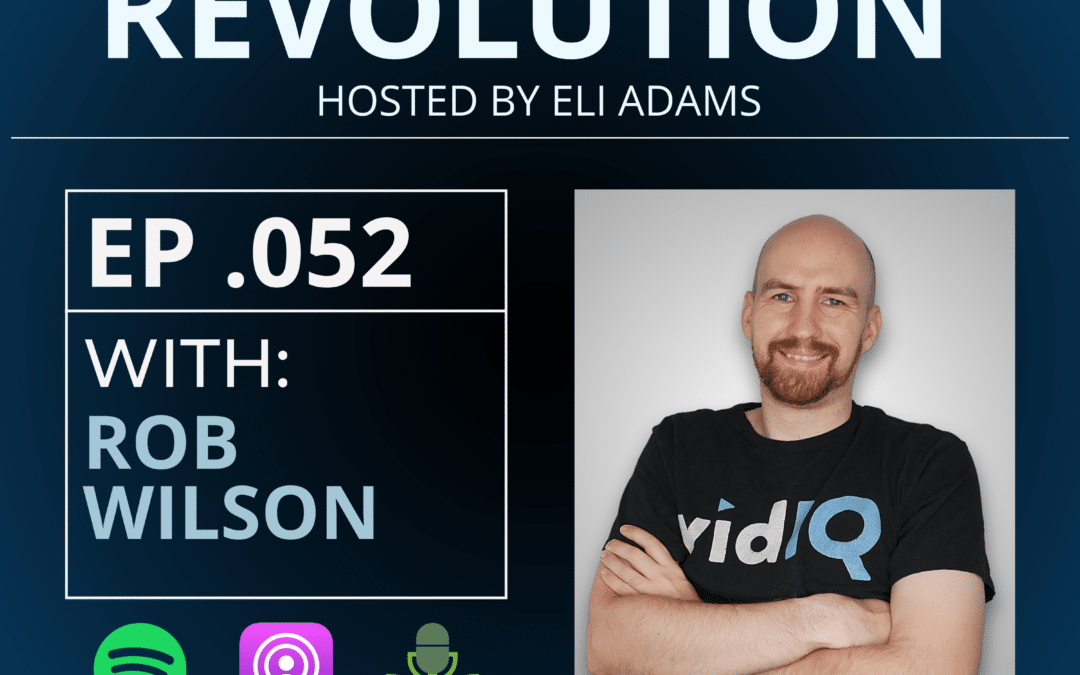
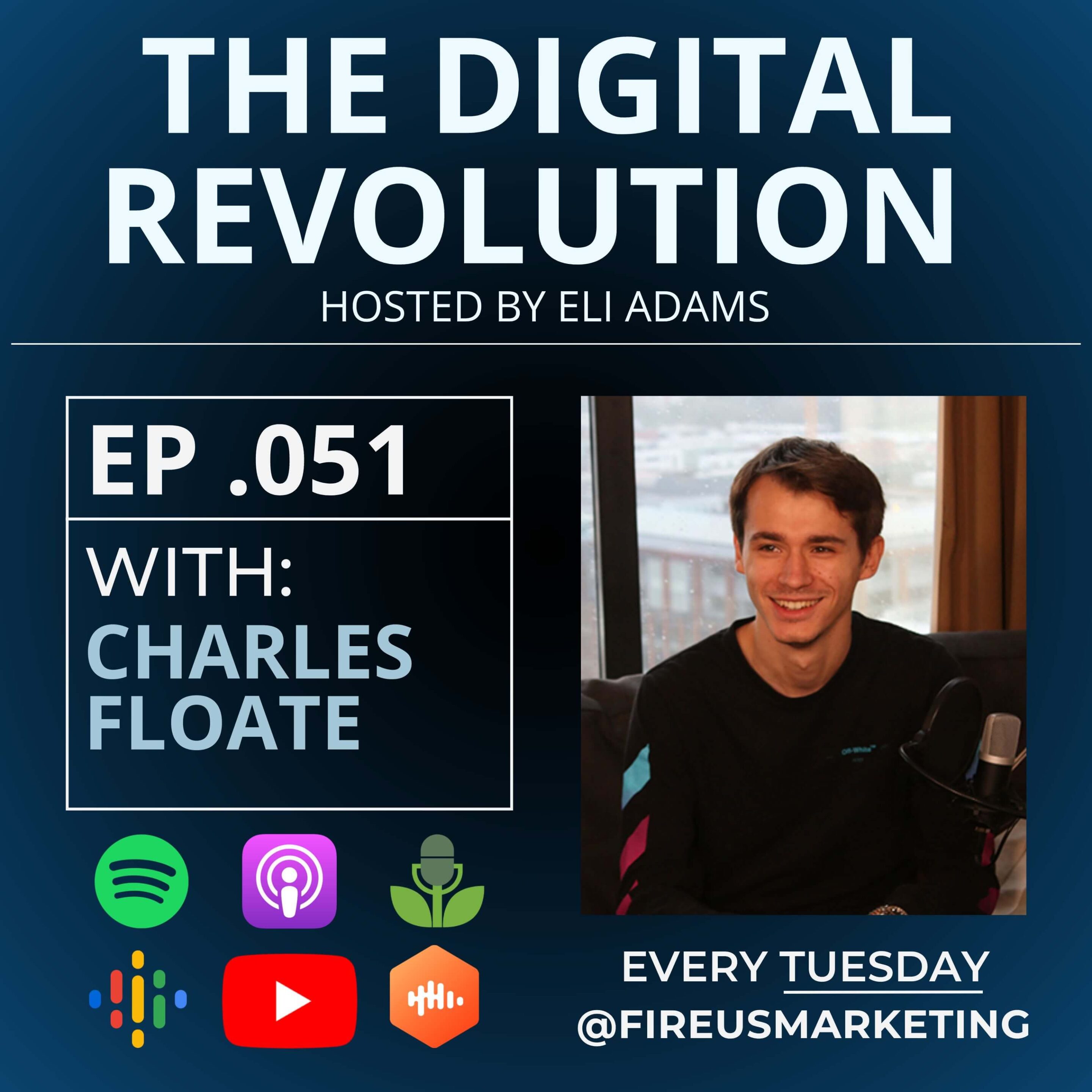



0 Comments